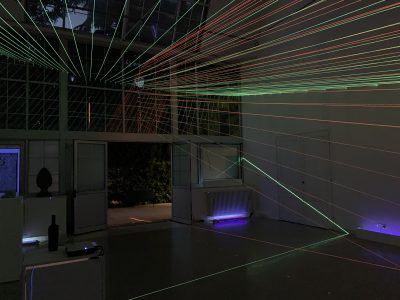
Architecture as a Medium
april 21, 2020
GRAFT was established in 1998 in Los Angeles, California by Lars Krückeberg, Wolfram Putz and Thomas Willemeit. Further offices followed in Berlin, Germany in 2001 and Beijing, China in 2004. GRAFT was conceived as a ‘Label’ for Architecture, Urban Planning, Design, Music, and the “pursuit of happiness”. With the core of the firm’s enterprises gravitating around the field of architecture and the built environment, GRAFT has always maintained an interest in crossing the boundaries between disciplines and “grafting”, the creative potentials and methodologies of different realities.
Our guest Thomas Willemeit is an architect and a founding partner of GRAFT. He was born on 3 March 1968, in Braunschweig, Germany, and resides in Berlin.
Willemeit studied architecture at the Technical University Braunschweig, where he graduated with a Dipl.-Ing. Arch. Besides his successful career in the architectural field, he won numerous national prizes as a violin player and a chorister.
He spent the beginning of his career in Daniel Libeskind’s office. According to his own words, it was where he learned to understand the potential of architecture to be a communication tool and tell stories.
We are going to discuss the approach to architecture as a medium and focus on architecture as a tool, not a product. The conversation will take on very different GRAFT’s projects, from the first breakthrough project Q hotel in Berlin to the recent big projects such as the masterplan for the Didube Chughureti District in Tbilisi, Georgia and the brand architecture for Mercedes-Benz’s worldwide.
We will take a closer look at German Pavilion for the 16th Architecture Biennale of Venice “UNBUILDING WALLS,” where GRAFT explored the effects of division and the process of healing as a dynamic spatial phenomenon. Could any experience of this project be borrowed while dealing with the architectural tasks in the upcoming post-COVID19 time?
GRAFT: https://graftlab.com/

















